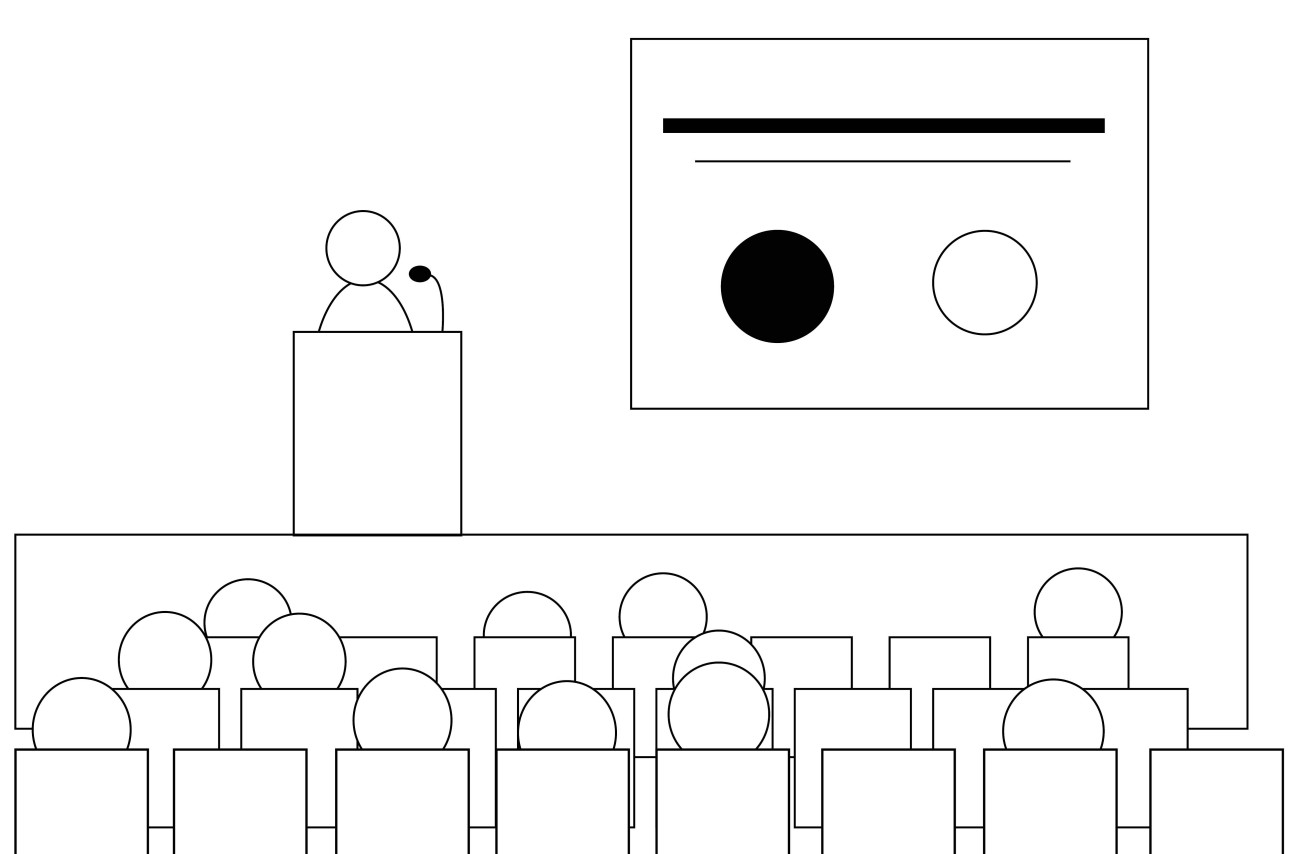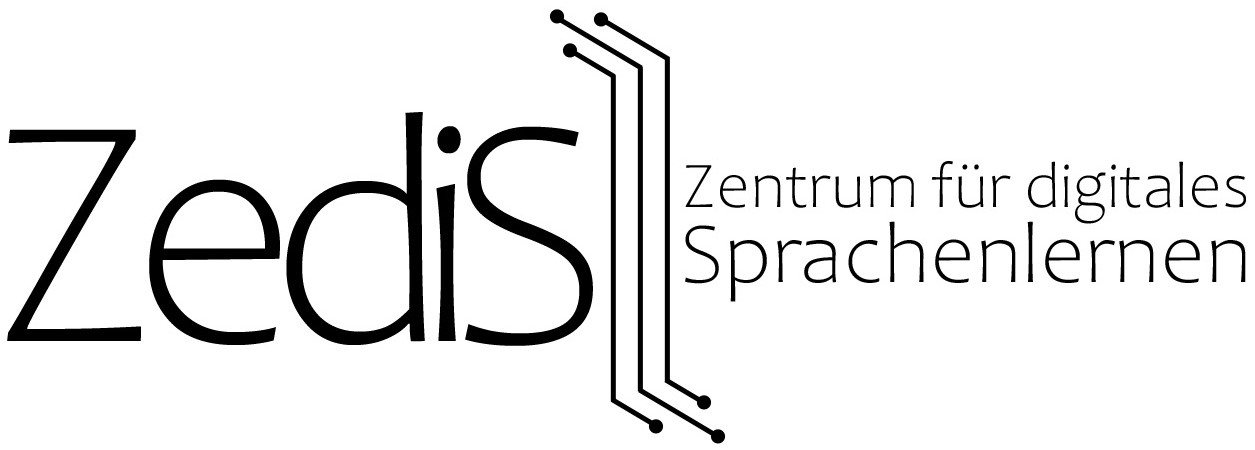NMT Digital Literacy and the Language Teacher: Efforts Toward a More Systematic Approach
Karen Fleischhauer (ZediS)
IALLT 2023: Language and Technology at the Crossroads
June 14-17, 2023
New Orleans, Louisiana
It is widely agreed that Neural Machine Translation (NMT) cannot be ignored, however the use of NMT tools is rarely made explicit in the higher education language classroom (see Delorme Benites & Lehr, 2022, pp. 53-58). Language instructors report an uncanny increase in the quality of student texts written outside of the classroom, yet the academic honesty backing these texts may be questioned. This conflict is not only ethical but rather technological in nature: teachers find it difficult to assess student work yet acknowledge not being able to pinpoint inconsistencies due to a lack of knowledge of how NMT tools work. We argue that a more systematic approach toward integrating NMT tools in the language classroom should begin with training for language teachers. With a greater understanding, teachers can more sustainably adopt these tools in course planning and take advantage of their potential (see Klimova et al., 2022). The initial findings of this data-driven study at a language resource center at a German university indicate that a collaborative approach among language teachers is useful not only toward understanding the collective challenges faced without a deeper understanding of NMT tools but also encourage a systematic approach to teaching and assessment methods.
Sources:
Delorme Benites, A., & Lehr, C. (2022). Neural machine translation and language teaching: possible implications for the CEFR. Bulletin suisse de linguistique appliquée, 2021(114), 47-66.
Klimova, B., Pikhart, M., Benites, A. D., Lehr, C., & Sanchez-Stockhammer, C. (2022). Neural machine translation in foreign language teaching and learning: a systematic review. Education and Information Technologies, 1-20.


